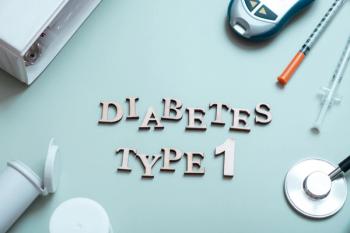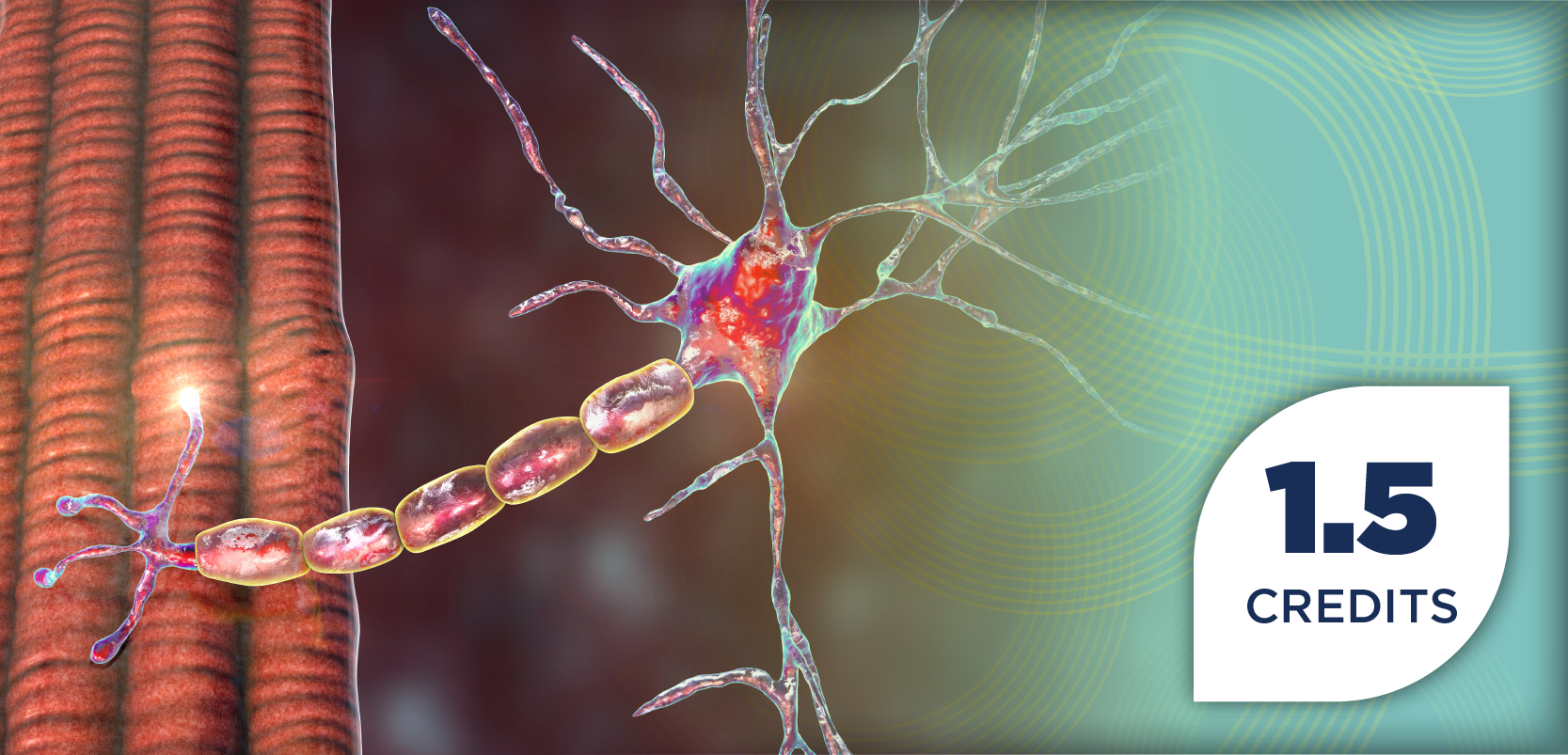
How Differences in Bispecific Therapies Impact Myeloma Treatment Operations
According to Kirollos Hanna, PharmD, although similarities exist between bispecific therapies in the myeloma space, health care providers should take special note of practical differences and nuances associated with each when operationalizing them at their site of care.
At the Hematology/Oncology Pharmacy Association 2024 Annual Conference in Tampa, Florida, Kirollos Hanna, PharmD, director of pharmacy at Minnesota Oncology, sat down with Drug Topics to discuss how the safety profiles of various bispecific therapies within the relapsed or refractory multiple myeloma landscape impact facility readiness and patient selection at the site of care.
Although common side effects like cytokine release syndrome, neurotoxicity, and infections occur with many bispecific therapies, the incidence and severity of these effects can vary. Additionally, operational differences, such as variations in
“[A] REMS aspect will add some logistics to your overall operation, whether it’s staff training, site readiness, [or] documentation in the [electronic medical record],” said Hanna. “You have to keep in mind with something like blinatumomab [that] it’s a continuous infusion. You have to swap out bags, you might have to incorporate home infusion. That’s something that’s very different than teclistamab-cqyv (Tecvayli).”
In addition to practical variabilities, different bispecific therapies can present unique adverse events. Talquetamab (Talvey) serves as one such example; as it is expressed in the tastebuds and the GI tract, it can cause nuanced adverse events like loss of taste and weight loss.
“When you look at something like talquetamab, patients in the clinical study experienced aphasia [and] taste changes. Some of them completely lost their ability to taste while on treatment,” said Hanna. “There are also patients within the study who had severe weight loss. The data doesn’t show us that taste changes were directly correlated to weight loss.”
In general, Hanna concluded, many similarities exist between bispecific therapies in the
Newsletter
Pharmacy practice is always changing. Stay ahead of the curve with the Drug Topics newsletter and get the latest drug information, industry trends, and patient care tips.





















































































































































